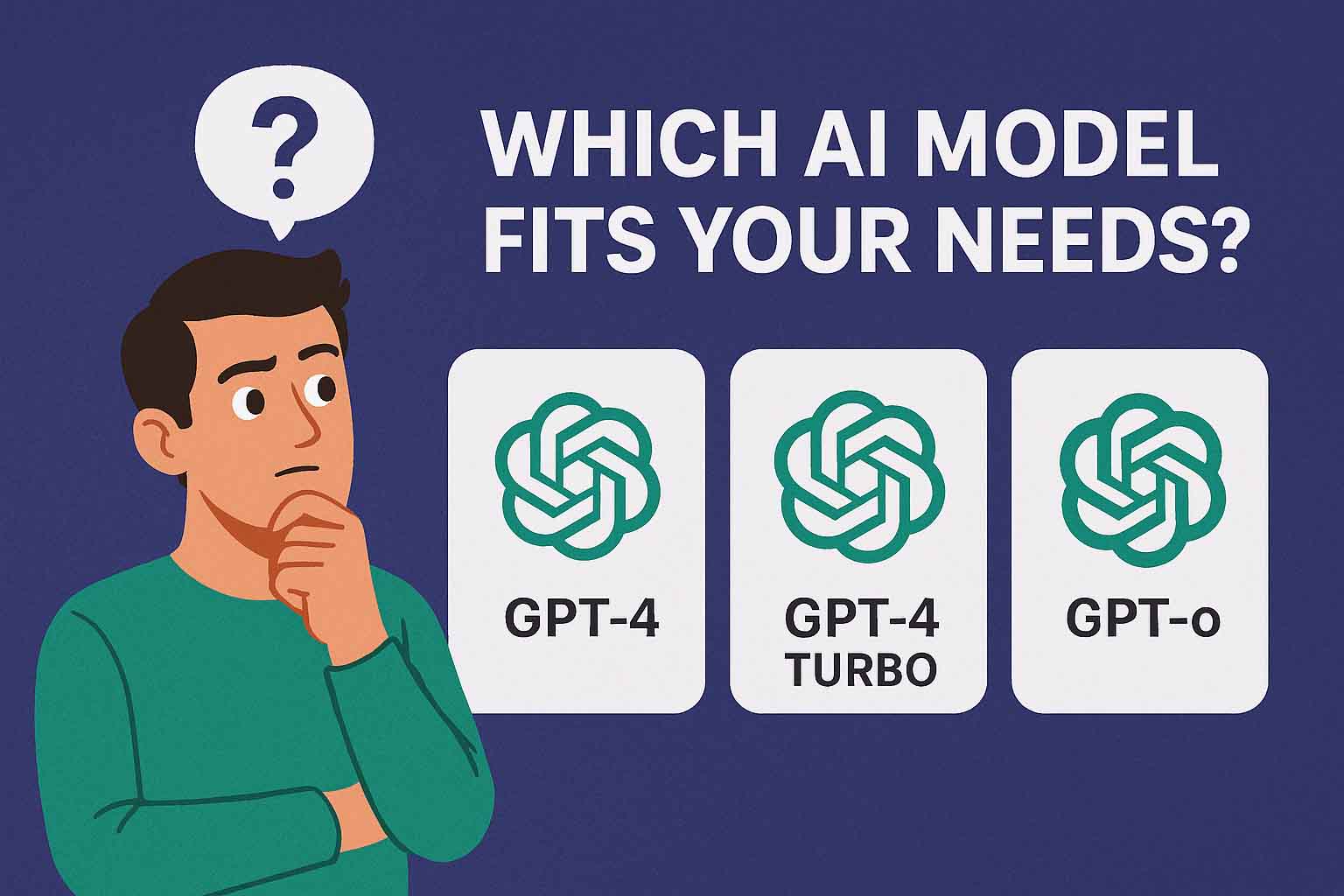Choosing the Right AI Model: Beyond Buzzwords and Power Claims
If you’ve ever grappled with the dilemma of picking the right OpenAI model for your project, you’re not alone. With options like GPT-4, GPT-4 Turbo, and the lesser-known yet powerful GPT-4o, figuring out the perfect fit can feel like navigating a complicated maze without a map. Thanks to a recent analysis shared on this enlightening video, we get a clearer picture that cuts through marketing noise.
The Powerhouse: GPT-4
GPT-4 is widely recognized as the flagship model — the one to reach for when detail, precision, and nuance are essential. The tradeoff? It has a smaller context window, meaning it can process less text at once, and is the priciest of the bunch. High-stakes tasks such as legal writing, complex code generation, or high-quality content creation still favor GPT-4’s razor-sharp reasoning abilities.
Bigger Context, Leaner Costs: GPT-4 Turbo
Enter GPT-4 Turbo, a model designed for scale and efficiency. This model boasts a staggering 128,000-token context window — enough to stream long conversations or analyze massive documents with ease. It’s also significantly more affordable: three times cheaper on input tokens and twice as cheap on outputs than GPT-4. If you’re running an app that needs extensive reading comprehension and must keep costs down, GPT-4 Turbo becomes an enticing choice.
Speed and Multimodality: The Rise of GPT-4o
GPT-4o takes a different approach, optimized for speed and direct input from multiple modalities like audio, video, and text. It’s twice as fast and half the price compared to GPT-4 Turbo, plus it can handle five times higher rate limits — a boon for rapid, multimedia-heavy applications. However, early community feedback suggests GPT-4 still holds a slight edge in overall quality, so GPT-4o shines more in scenarios demanding agility and multimodal input rather than ultimate precision.
How to Decide Which GPT Model Works Best for You?
– For accuracy-driven, high-risk tasks: stick with GPT-4 to ensure top-tier quality.
– For handling massive texts efficiently and cost-effectively: GPT-4 Turbo is your go-to.
– For fast, multimedia-rich applications where rate limits matter: GPT-4o is a promising contender.
OpenAI’s expanding portfolio reflects a maturing ecosystem where one size doesn’t fit all. Your choice hinges on what balance of cost, speed, and input type your project demands.
Why This Matters in the Broader AI Landscape
These distinctions are more than just technical specs — they reveal how AI is evolving to integrate into complex real-world workflows. Models like GPT-4o usher in the possibility of seamless audio and video understanding within a single AI companion, nudging us closer to truly multimodal AI assistants.
As AI continues to permeate industries and everyday life, understanding these nuances isn’t mere geek trivia: it’s essential for ethical, practical, and impactful AI adoption. For more thoughtful insights at the intersection of AI progress and ethics, see more AI news and ethics topics.
—
Whether you’re an AI enthusiast, developer, or decision-maker, staying informed about model capabilities lets you wield these powerful tools responsibly and effectively. Dive deeper into these differences by checking out the original video that inspired this article: OpenAI Model Showdown.
Ready to explore? Start experimenting with the model tailored to your project’s heartbeat today — your best AI companion is just a choice away.
FAQ
Q1: What is this article about?
It explores the differences between OpenAI’s GPT-4, GPT-4 Turbo, and GPT-4o models, helping readers understand which AI is best suited for various needs.
Q2: Why is this important?
Choosing the right AI model affects cost, performance, and application scope, crucial for developers and businesses deploying AI solutions.
Q3: Which OpenAI model is best for handling large documents?
GPT-4 Turbo is ideal for processing large-scale documents due to its exceptionally large 128,000-token context window and cost efficiency.
📢 Want more insights like this? Explore more trending topics.


